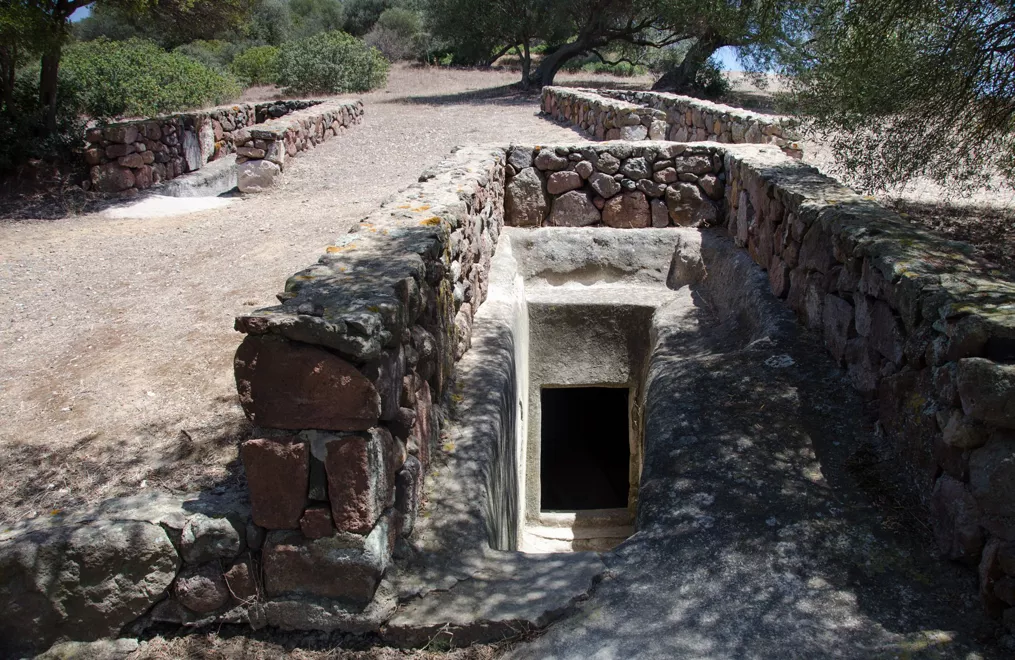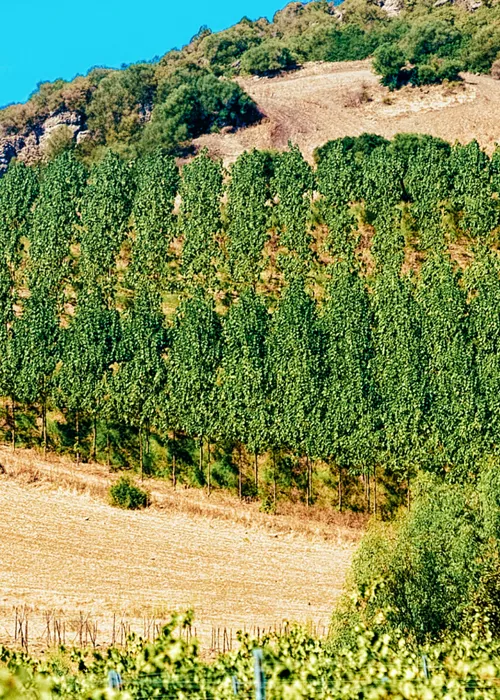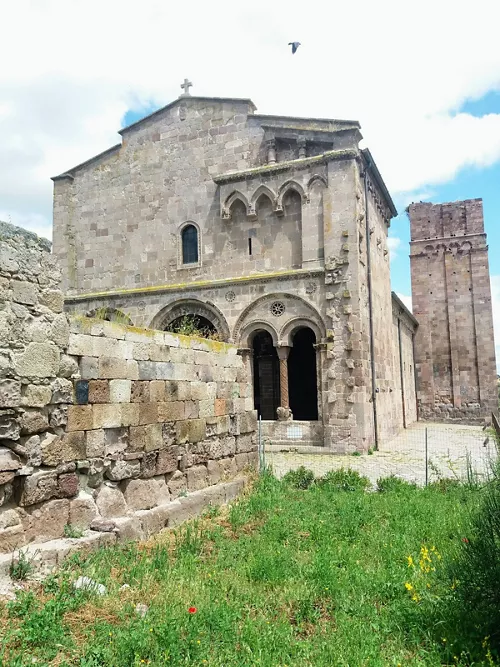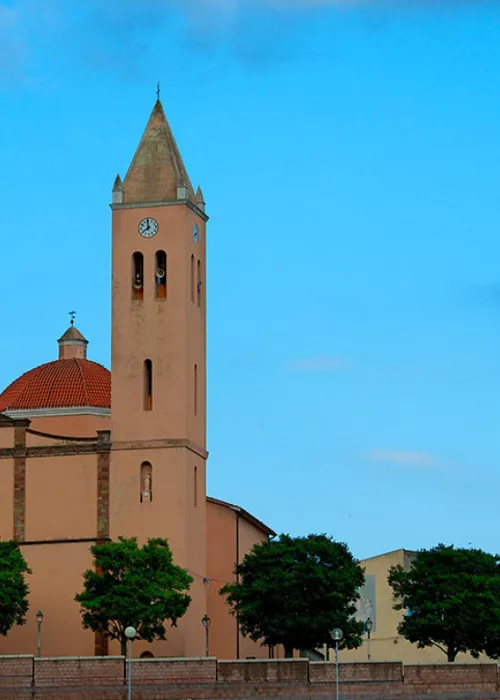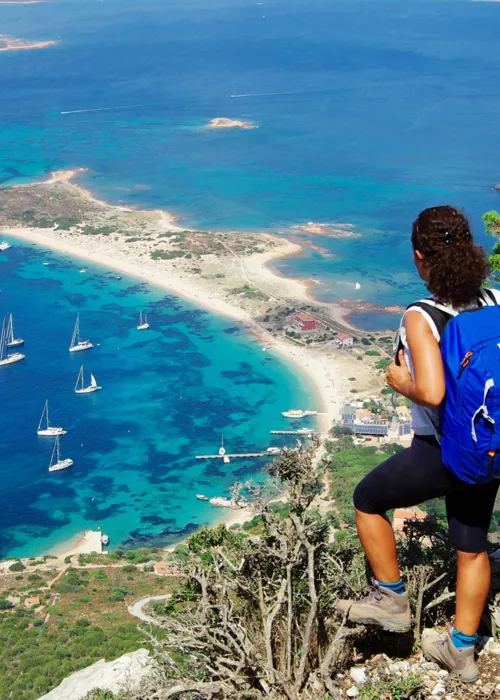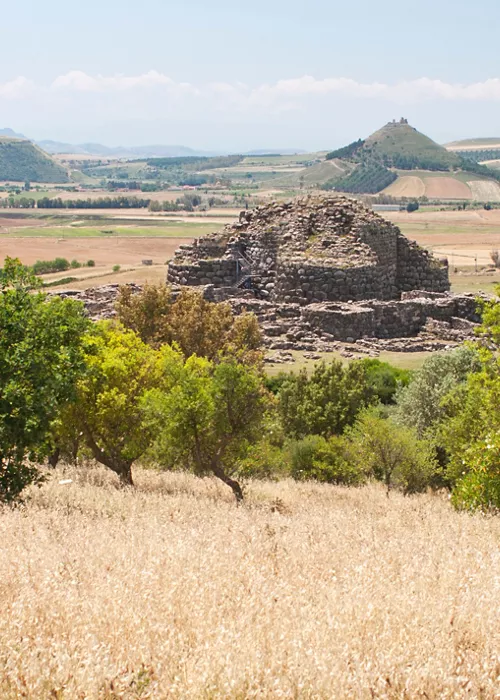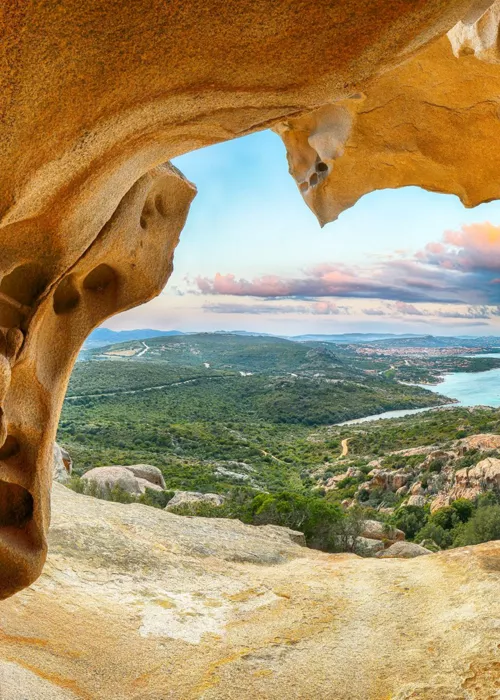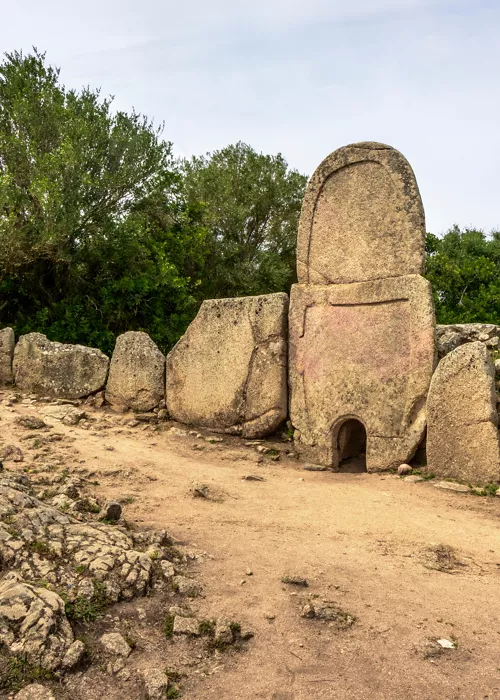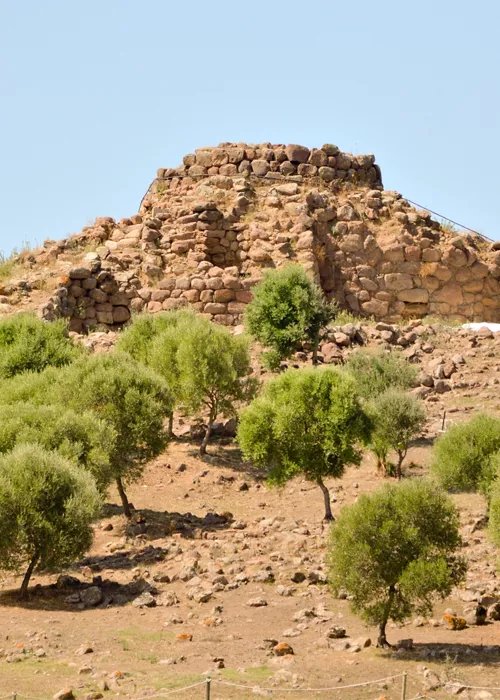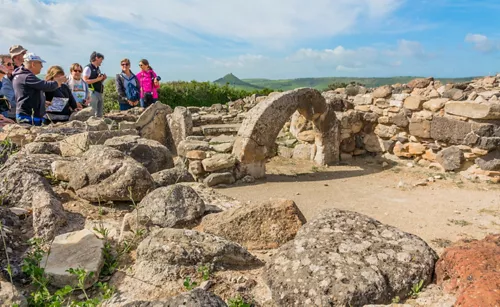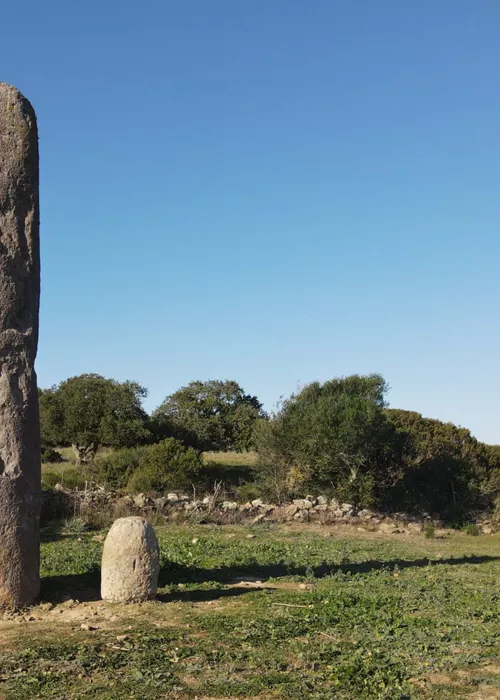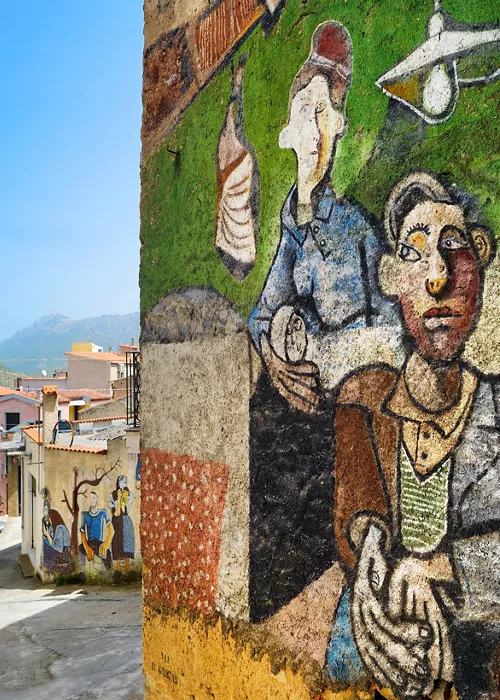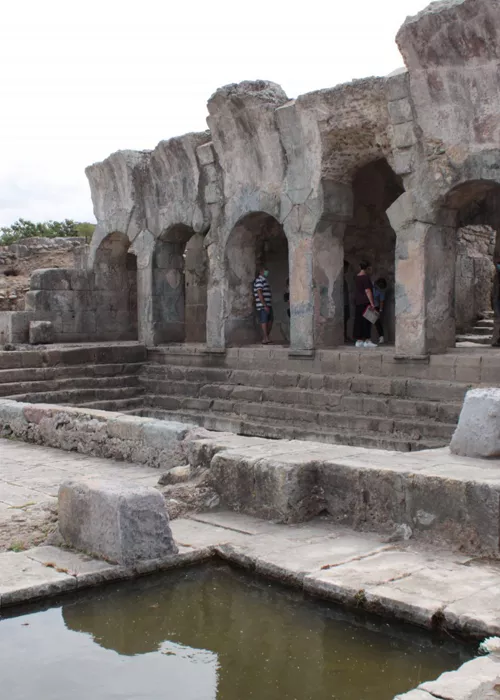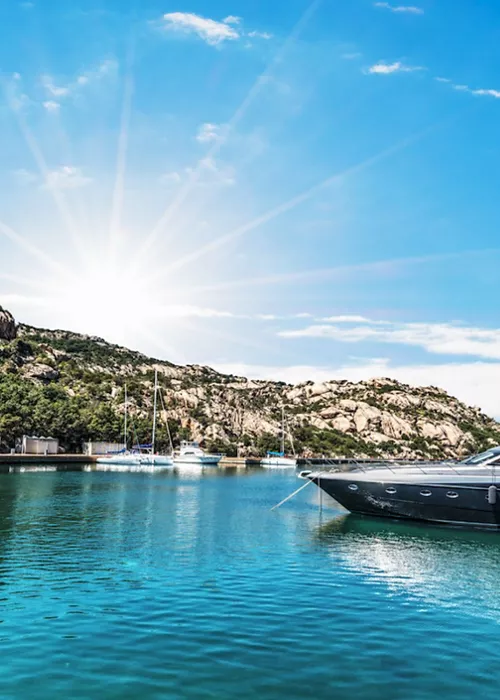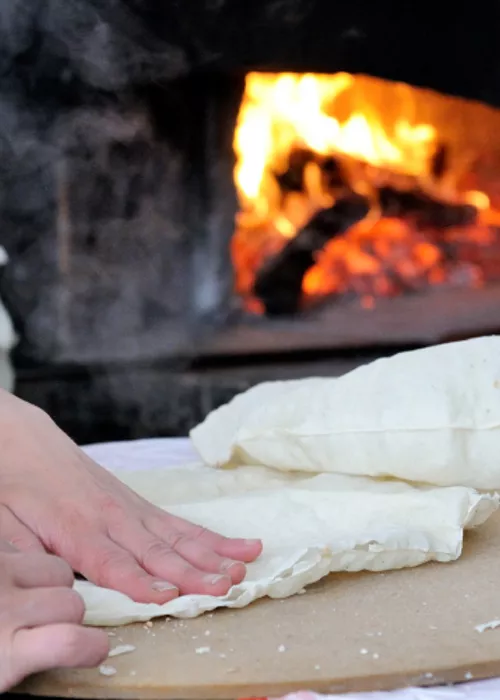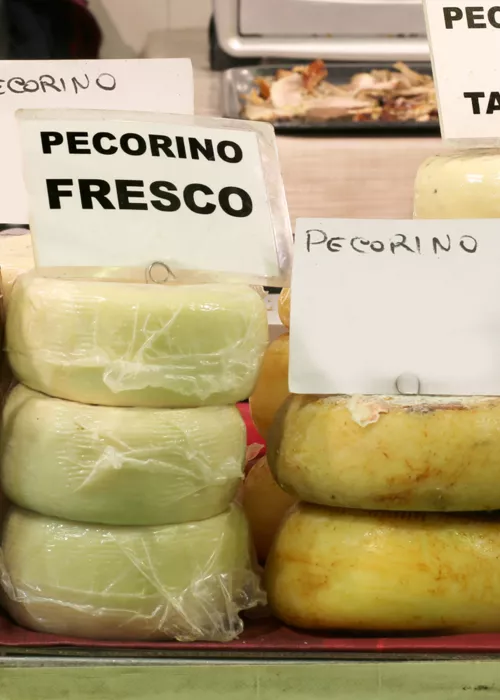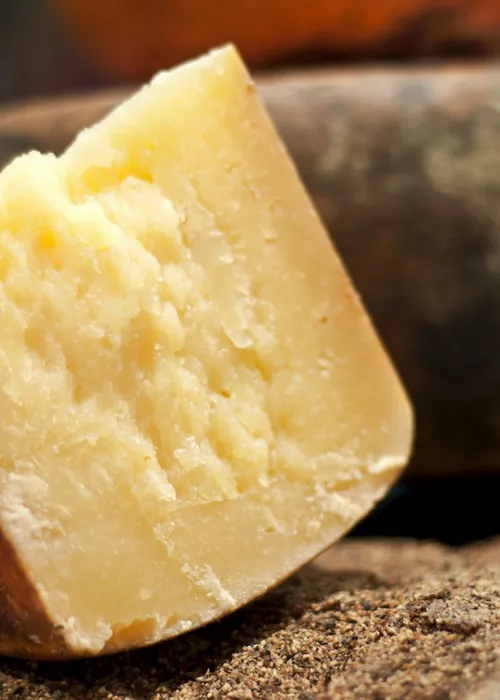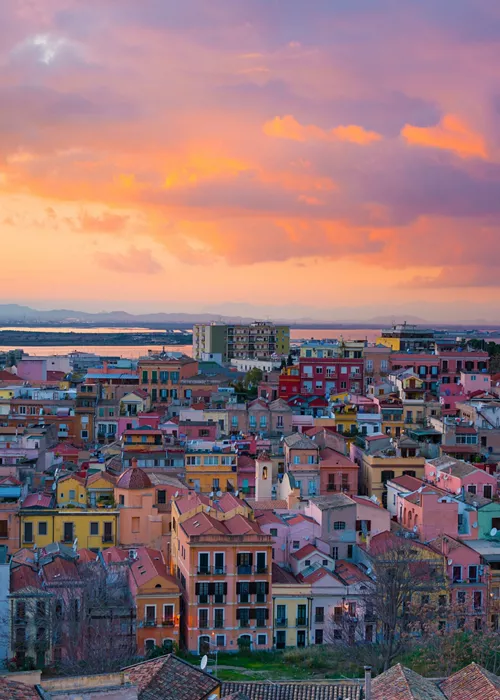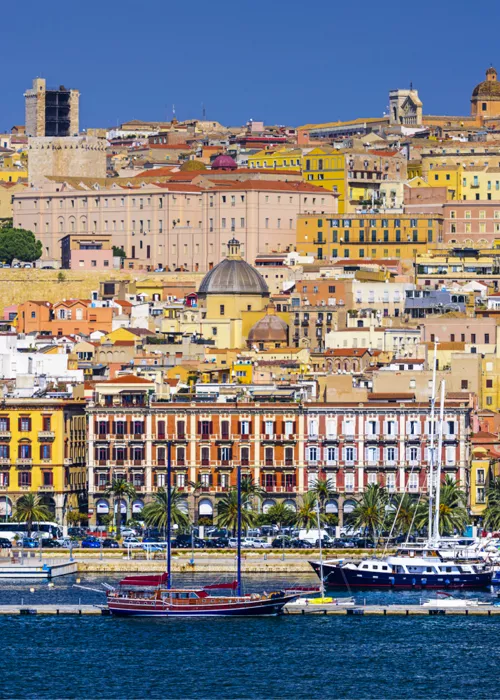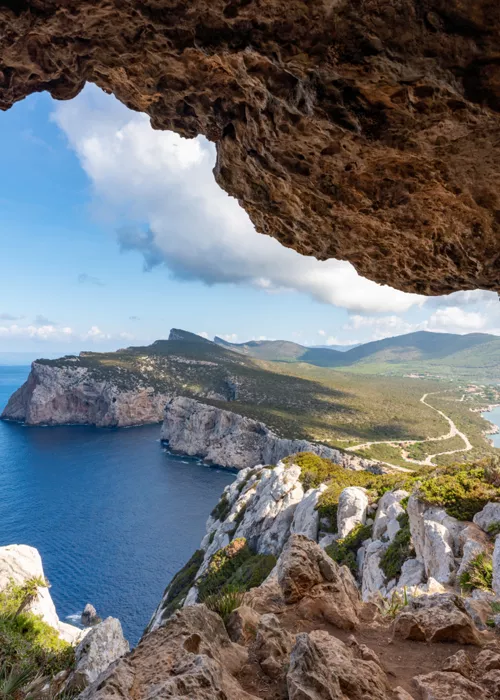Phoenicians and Punics conquering Sardinia: a fascinating archaeological tour
2 minutes
Today, surrounded by rugged landscapes, travellers can discover the remains of cities and necropolises founded by ancient civilisations: sites rich in fascination, Phoenician-Punic colonies concentrated particularly in the southern area of the island, in an archaeological tour of great charm.
On Monte Sirai, near Carbonia, on ruins from 2,700 years ago
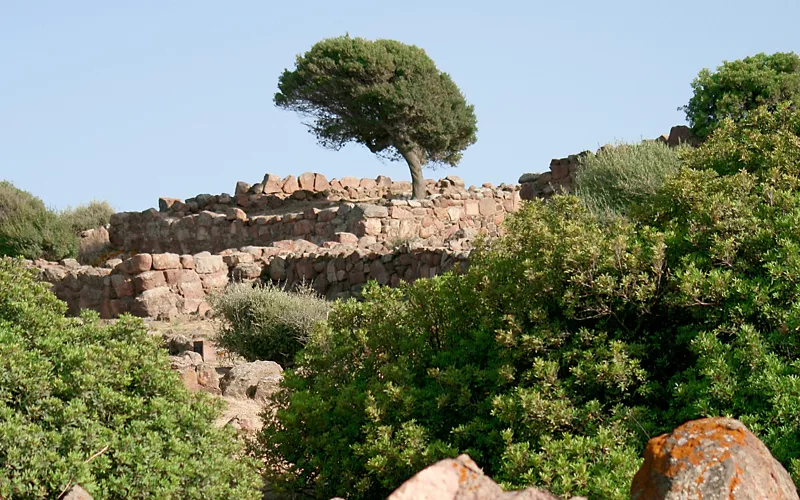
It was to keep this slice of the Mediterranean open to trade under control that on Monte Sirai, near Carbonia, the Phoenicians founded a city in 750 BC, which was later occupied by the Carthaginians in 520 BC.
Of the Phoenician-Punic colony today, you can admire the remains of the acropolis with what were once dwellings, then what has survived of the city walls and the Tophet, as the children's necropolis is called. The horizon gives you the splendid seascape as you walk over the red stones, characteristic of the area.
For those who wish to learn more about the archaeological site of Monte Sirai, two museums display artefacts from here.
Part of the Tofet is reconstructed in the Villa Sulcis Museum, in Carbonia also, where a multimedia installation allows you to live and move in the ancient city. The Cagliari Archaeological Museum houses the statue of the Phoenician deity Astarte found in the keep, which later became a temple.
Sant'Antioco, among Phoenician remains and necropolis
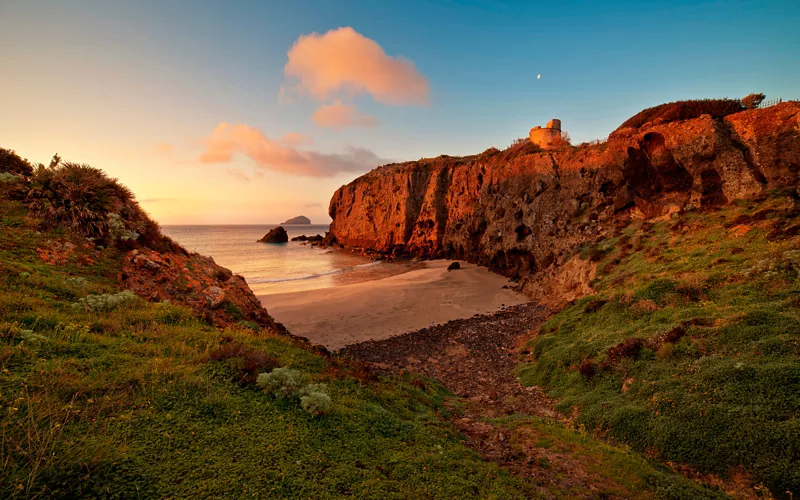
The first thrill is crossing the bridge connecting the coast of lower Sulcis to the island of Sant'Antioco, at the southernend of Sardinia. Enjoy the spectacle of the crystal-clear sea, before arriving at another Phoenician city, even older than Monte Sirai.
It was in fact in 770 BC that the Phoenicians settled here, founding Sulki, later to become Sulci. Here too you will find the Tophet, where the cinerary urns of children were kept, and the imposing Punic necropolis, evidence of the Carthaginians' conquest of the Phoenician city in 520 BC.
A section of the Ferruccio Barreca Archaeological Museum in Sant'Antioco is dedicated to artefacts from the site: everyday utensils, amphorae, jewellery and masks, as well as sophisticated digital reconstructions.
Breathtaking views from Monte Sant'Antine
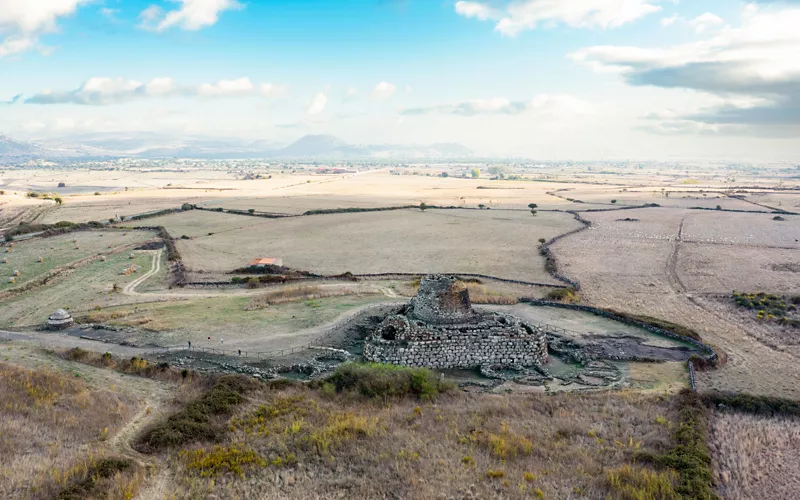
Also in southern Sardinia, just one kilometre from the town of Genoni you can encounter one of the most interesting Phoenician sites in Sardinia as it is a fine example of the various civilisations that succeeded one another here. You can admire the remains of a Nuragic-age settlement, overlaid by those of a Punic settlement. The main interest lies in the presence of the nuraghe, which the Carthaginians readapted and modified without disrupting the original structure. The fortification, the walls of which are still visible, dominates the Monte Sant'Antine sentinel over the surrounding plain: a splendid setting still reserved for visitors today.
In Bolotana, an Indiana Jones-style archaeological trek
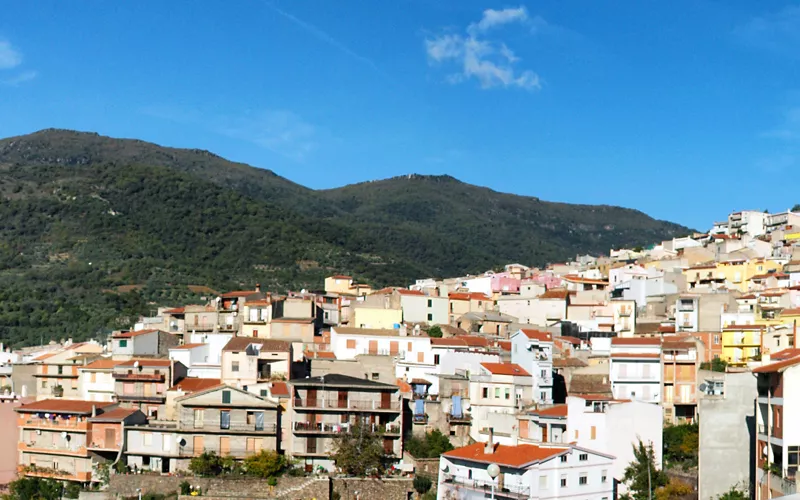
Moving in search of Phoenician archaeological sites in central Sardinia, in the municipality of Bolotana, you will find the remains of another Punic fortification: Mularza Noa, also called Pabude. Just like the one on Monte Sant'Antine, it was built by the Carthaginians around the 4th century BC on the basis of a pre-existing Nuragic settlement.
This destination offers a fascinating archaeological and naturalistic trek, because in addition to admiring the ruins of the fort, you can go on the paths that furrow the woods of Bolotana until you reach the Waterfall of Mularza Noa: an impetuous leap from a precipice of the waters fed by the Rio Biralotta, which crosses the plateau of volcanic origin. All around are moss-clad rocks and ancient trees.

